10 Things You May Not Know About The Outer Banks NC

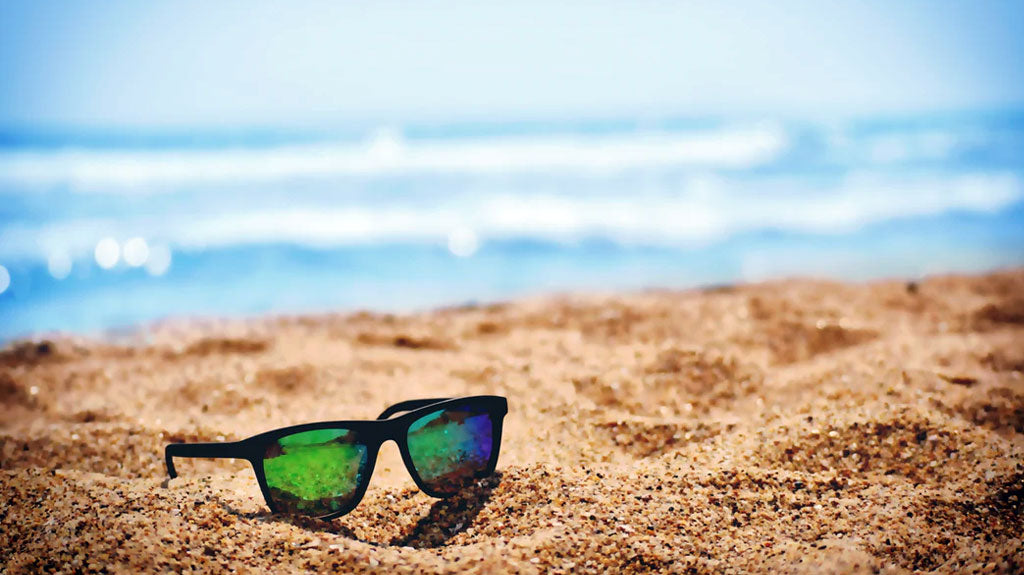
You may think you know just about everything there is to know about North Carolina’s Outer Banks, but how much do you know?
Check out some of these lesser-known facts about the Outer Banks! Then, hopefully, you’ll learn something new to share with your family and friends on your next trip to the Outer Banks. This post is intended to make a great discussion or Q&A to help pass the time in transit to your OBX beach vacation destination!
1. The first beach cottage was built in Nags Head in the 1830s.
Plantation owners longed to escape the long, humid North Carolina summers on the mainland. So the first plantation owner came to Nags Head in the 1830s and purchased 200 acres of land where the first beach cottage was built on the Outer Banks.
Could you imagine being one of the first ones to own a piece of primarily untouched real estate on these barrier islands?
2. The waters off the coast of North Carolina are deemed the Graveyard of the Atlantic.
The local waters off the coastline are often called the Graveyard of the Atlantic, famous for fierce storms, treacherous waters, and plenty of shipwrecks.
There are over 600 ships that have wrecked in this region since the 16th century, making it a hot spot for divers.
Who knows how much treasure is still left to be found?
3. The Cape Hatteras Lighthouse stands 208 feet tall and is over 12 stories high.
Cape Hatteras is not only the tallest lighthouse along the Outer Banks but is also the tallest brick lighthouse in America! While traveling along NC 12 in Buxton, it’s nearly impossible to overlook the structure's immense size and black and white spiral stripes.
4. The U.S. Lifesaving Service was founded on the Outer Banks of North Carolina and was the forerunner to the U.S. Coast Guard.
The building of a chain of seven lifesaving stations was begun in 1874 along the Outer Banks at points deemed the greatest danger to ocean-faring vessels.
Many of these lifesaving stations worked in conjunction with area lighthouses.
The rest is history!
5. The Point is the farthest point east on the Outer Banks and closest to the Gulf Stream.
The easternmost part of the OBX is Cape Point on Hatteras Island, home to the Hatteras Lighthouse. It is also arguably one of the best, if not the best, fishing spots on the Outer Banks.
Speaking of fishing, did you know that according to the International Game Fish Association, the Outer Banks and the Virgin Islands are the most probable places to catch Atlantic Blue Marlin weighing more than 1,000 pounds? Now you do.
6. Part of the mystery (or maybe a clue?) of the Lost Colony on Roanoke Island is that a single word was found carved into a tree: Croatoan.
What does it mean? Speculate has it that the lost colony had moved on with, been attacked by, and overtaken by the Croatan Indians. But, to this day, we still don’t know.
7. Pirates roamed the Atlantic waters and shores of the Outer Banks—and one of the most famous was Edward Teach, AKA Blackbeard.
Blackbeard has many legends surrounding him and his ship, the Queen Anne’s Revenge. He is probably the most well-known pirate the Outer Banks has ever seen.
On November 22, 1718, he was slain by Lt. Robert Maynard of the Royal Navy in Ocracoke Inlet. Ye best brush up on yer knowledge of the legendary Outer Banks buccaneers before yer next trip, ye filthy landlubber.
8. The OBX is 200 miles long and includes 16 towns and villages.
Two hundred miles of sandbars, how bad can that be?
These barrier islands consist of 16 towns and villages: Avon, Buxton, Corolla, Duck, Frisco, Hatteras, Kill Devil Hills, Kitty Hawk, Manteo, Nags Head, Ocracoke, Rodanthe, Salvo, Southern Shores, Wanchese, and Waves.
Whew, that’s a mouthful.
9. The first English child born in the New World was born on the Outer Banks.
1597 is the year, and Virginia Dare is her name. She was born on Roanoke Island. So dare County is aptly named after her.
Her story is fascinating. (P.S. There is rumors that her ghost still lingers here!)
10. The Outer Banks is known as the windsurfing capital of the East Coast.
It sure is! Thanks to steady winds, a temperate climate, shallow sound waters, and rolling ocean waves, windsurfers get to perfect their craft (their watercraft, that is) year-round on the Outer Banks.
The wind velocity averages 11-15 miles per hour consistently, drawing everyone from first-timers to professional windsurfers to our shores. You’ll find plenty of OBX outfitters ready to help you get started. They offer lessons, clinics, equipment rentals, and sales.
Final Thoughts
Well, did you learn anything new about the Outer Banks?
Let us know in the comments section below! Better yet, we invite you to share your best lesser-known fact about these barrier islands.
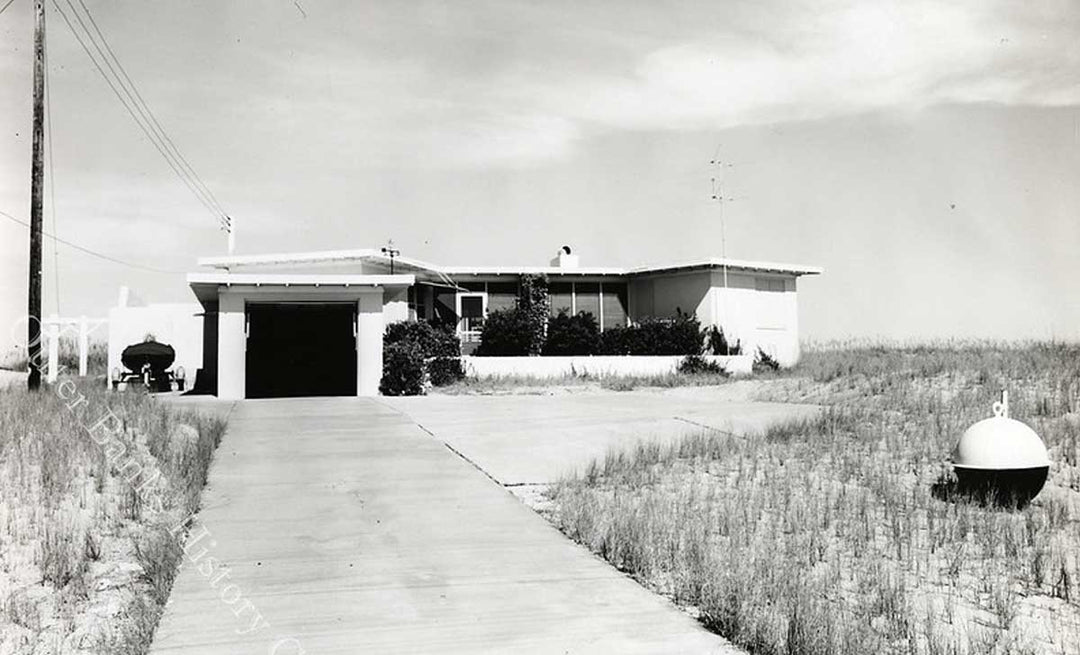
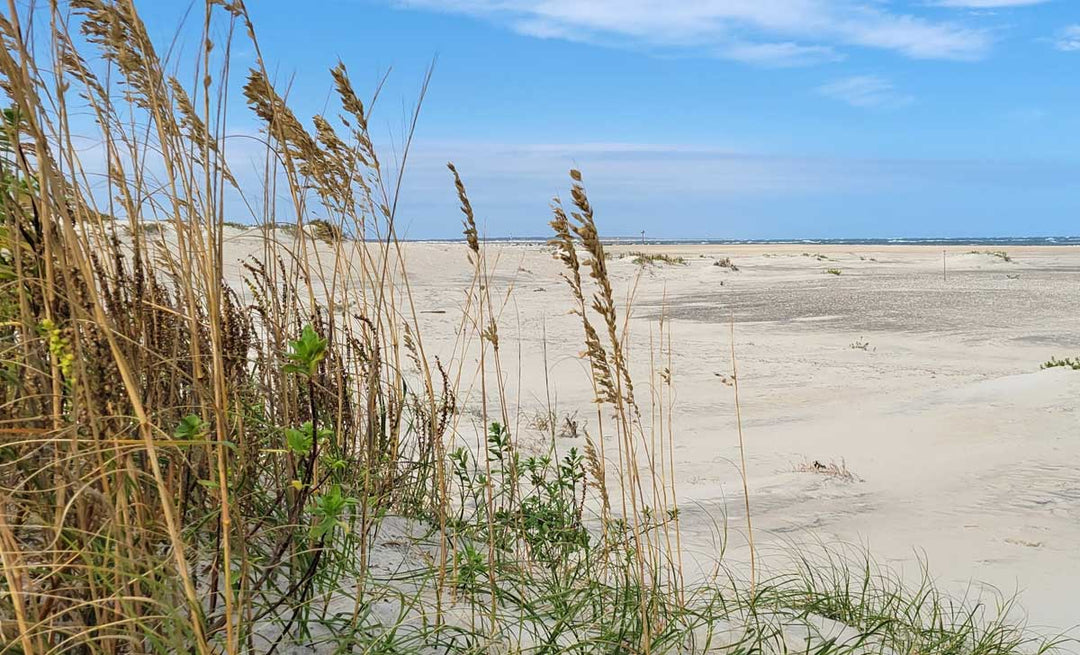
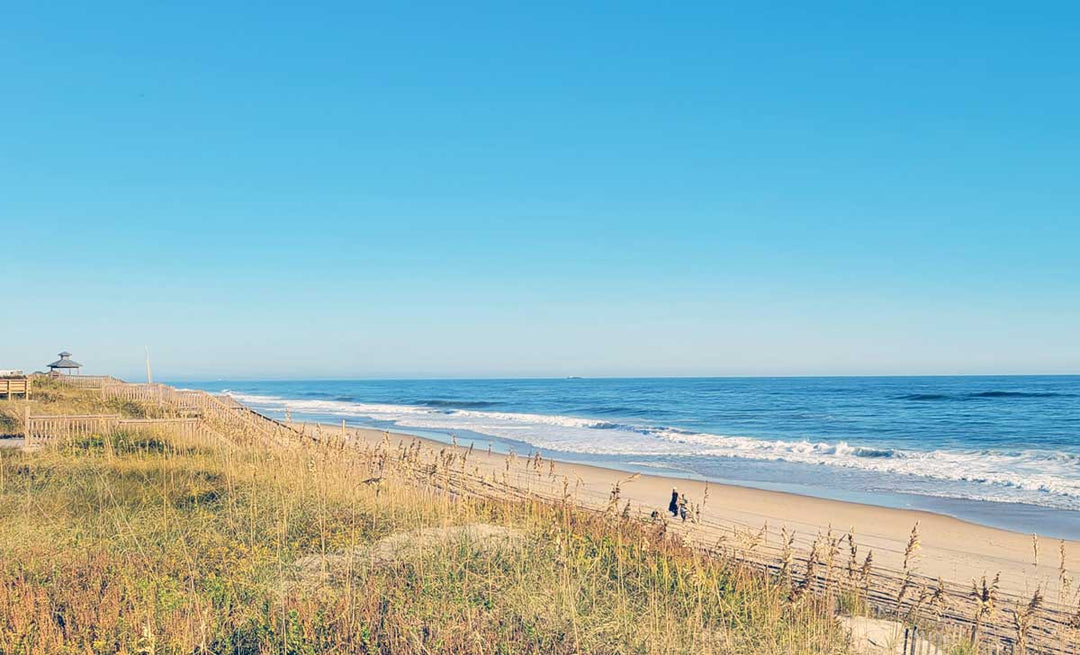
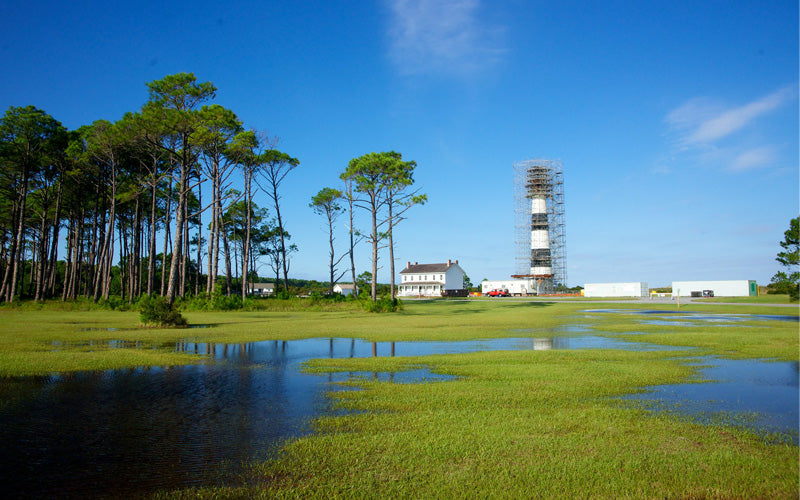
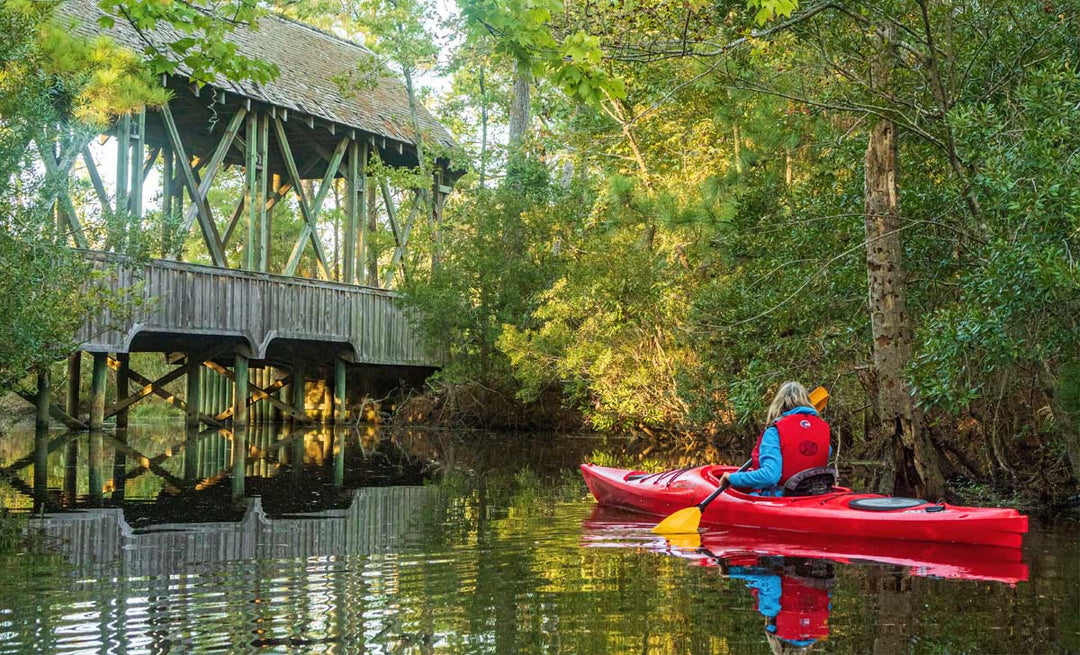
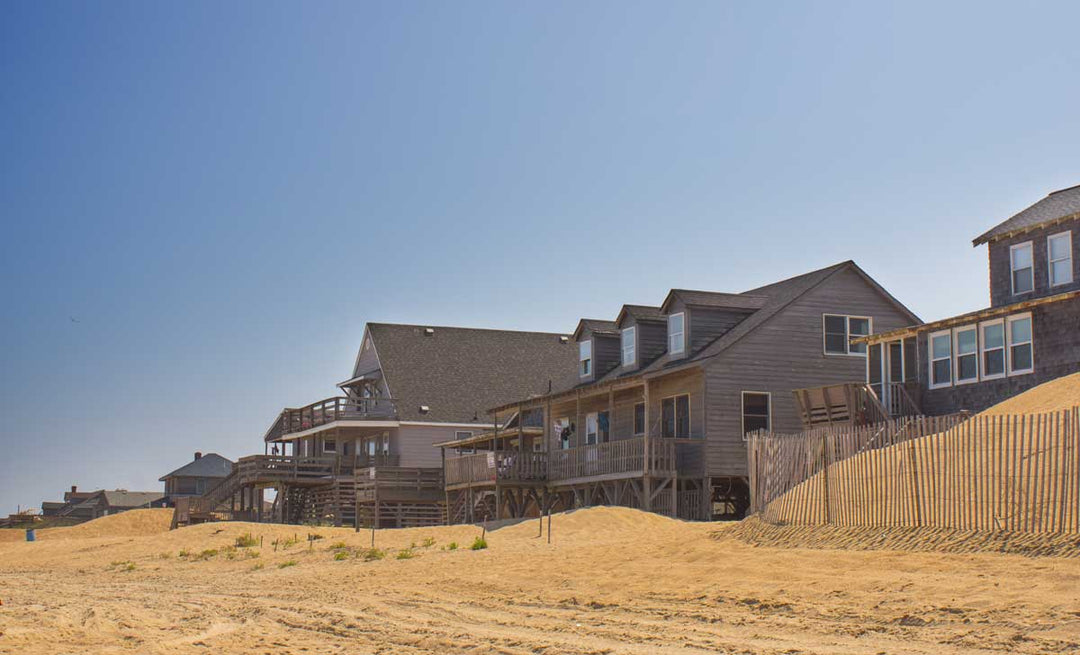
Great information!! Thanks.
JEJE
Leave a comment